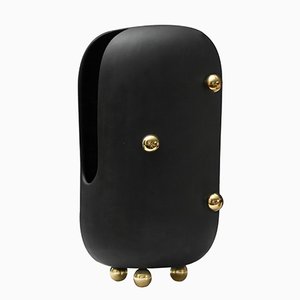Combining sales and curation, Turin-based design fair Operae offers new answers to timeless industry questions
Why Design?
Which purposes can design serve? Which messages can it convey? And how can it best reflect the values of contemporary society? These are the interrogatives driving curator Alice Stori Liechtenstein’s work in organizing this year’s edition of Operae, entitled “Why Design?”
Housed in Turin's Lingotto—a century-old former Fiat factory transformed in the 1980s by Renzo Piano into a cultural center—Operae is an eight-year-old independent contemporary design event that's attracting increasing buzz with each iteration. Like other annual international fairs, Operae offers a platform for both galleries and designers to showcase new work to an audience of buyers, journalists, and enthusiasts; but it's growing success comes in large part from how it's different from the competition: each year a guest curator develops a provocative theme that the invitation-only participants must explore in their presentations. The program is augmented by an array of talks and workshops, alongside providing a communications system that encourages business-to-business meetings. The combination of curatorial focus and engagement opportunites ensures that Operae bustles with positive energy.
This year, the gallery section of Operae included 14 exhibitors from Italy and abroad—Galleria Luisa delle Piane, Great Design Gallery, and Swing Design Gallery, among others—offering a diverse selection of high-end design objects produced in small batches, generally handmade and conceptually-driven. Although the approach to aesthetics and function varied from one gallery to the next, together they underscored the pervasive and deep interest within the world of collectible design today to find synergies between artisanal traditions, vanguard technologies, and pro-social values.
Independent, self-producing designers comprised a separate section of the Operae fair. Though their work was more affordably priced than that of the galleries, as a group these emerging talents echoed the same dedication to producing finely crafted and thought-provoking pieces. The legacy of traditional Italian decorative arts was beautifully expressed in the work of 4P1B, Portego, Stories of Italy, and Zpstudio. Meanwhile, others forefronted heady experimentation—like Alice Valfrè's dreamlike, immersive light installations; Arthur Hoffner's Pop reinterpretations of antique interior fountains; Astrid Luglio's delicate, perfumed lighting and décor, and Dafi Reis Doron's "superstitious" blown-glass mirrors.
Other standout projects from independent designers include the Milan-based Mamarocket collective's Love Me Love Me, which assembled the work of several studios (Serena Confalonieri, Foro Studio, Reiecta, Sovrappensiero, and Dozen in partnership with Marco Ripa), each piece designed to advocate for the right to love and be loved. Eindhoven-based studio Tellurico, directed by Italian designer Francesco Pace, shined a light on the peculiarities of the way human brain operates in the Familiar Stranger collection. This series of hand-carved, undefined objects was modeled on forms ordinarily not visible to the naked eye, taken from high-speed photographs of familiar things in motion. The viewer, as a result, must wrestle with the discomfort of cognitive dissonance while his or her brain instinctively works to fill in meaning. And Nadja Zerunian of zerunianandweisz played with the conflation of beauty and goodness with her set of expertly crafted and daintly composed trays of dangerous, potentially poisoning elements.
Since 2014, one of the most notable components of the Operae fairs has been "Piemonte Handmade" (PHM), a program that invites a group of gallerists, design studios, and Piedmont-based artisans to collaborate on the making of a new collectible design collection. Ten teams were presented this year, and highlights include Chest of Wonders, an exquisite cushioned bench with an inlaid harlequin pattern designed by Matteo Cibic, fabricated by DOC, and overseen by Secondome Gallery; along with Medusa, a richly detailed, leather-upholstered hanging seat designed by Elena Salmistraro, fabricated by Trakatan, and overseen by Camp Gallery. But, really, all of the PHM projects are lovely.
We reached out to our friend, curator Stori Liechtenstein, to congratulate her on a well executed show and to ask her if she was pleased with the results. "I am very happy with this edition of Operae," she told us. "The show really succeeded in showing how diverse design can be and how we really need more than one definition for this discipline. The distinction between art object and design object is purely academic—once they enter our houses, art and design sit beautifully together in conversation. Objects, after all, are a vehicle to tell a story. On a more personal level, I am looking forward to working more with galleries, because they are such amazing facilitators of art-like design."
As with last year's fair curated by Annalisa Rosso, we enjoyed the dynamic mix of known and unknown designers, of concept and craft. We look forward to hearing who next year's curator will be.
-
Text by
-
Carlotta Trevaini
Originally from Turin, Carlotta is part of our delightful sourcing team. She is also a big fan of urban art and coffee. Prior to arriving in Berlin in 2016, she spent time exploring Australia and studying politics and economics in Italy and the south of Germany. Though she misses seeing the Alps on the horizon, she loves Berlin’s inspiring creative scene as well as its “effortless, multicultural environment.”
-
More to Love
Roman Panorami Mirrors by Zaven, Set of 3
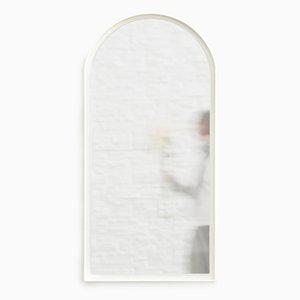
Lapis Lazuli Lamp by Studio Superego

Bestiary Rug by Analogia Project for Camp Design Gallery
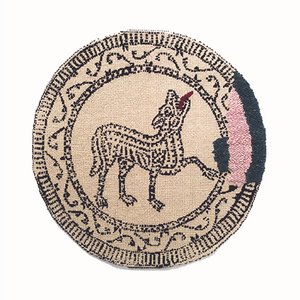
DNA Cast Acrylic by Studio Superego for Poliedrica

Bestiary Mirror by Analogia Project for Camp Design Gallery

Bubbles Table Lamp by Studio Superego for Poliedrica
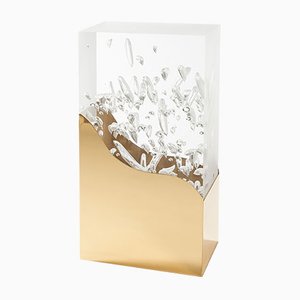
Coffee Table in Bronze by Studio Superego, Set of 3

Bestiary Console by Analogia Project for Camp Design Gallery

Ritmo e Colore Yellow Bowl by Paolo Spalluto for Camp Design Gallery, 2015

Ritmo e Colore Red Bowl by Paolo Spalluto for Camp Design Gallery

Diogenea—A Tale of Bowls by Zpstudio

Altarino Tabernacle Lamp by Dozen Design
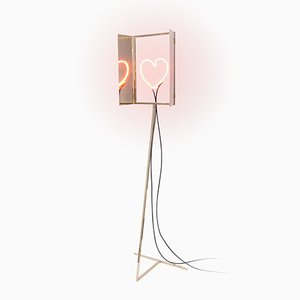
Scena Rotonda Wall Mirror by Nikolai Kotlarczyk for Portego

Scena Olimpico Wall Mirror by Nikolai Kotlarczyk for Portego
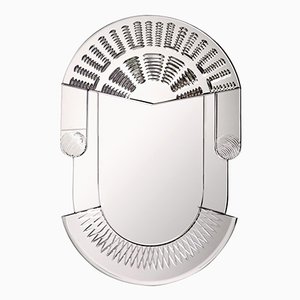
Mojo Wall Amulet #3 by Serena Confalonieri
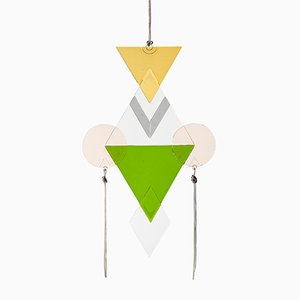
Mojo Wall Amulet #2 by Serena Confalonieri
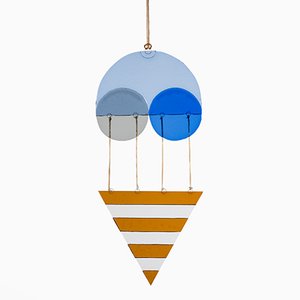
Vintage Center Table by Studio Superego

Tudor Panorami Mirror by Zaven, Set of 3
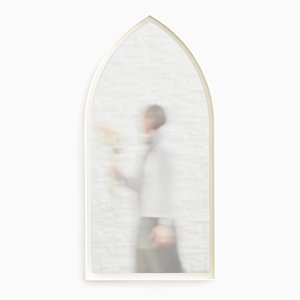
Frozen #1 Light by Jungin Lee

Chiodo NA6 Table by Design ? Studio Associato for Marco Ripa
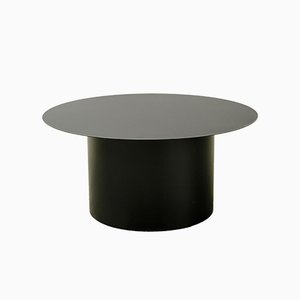
Chiodo NA5 Table by Design ? Studio Associato for Marco Ripa

Chiodo NA4 Table by Design ? Studio Associato for Marco Ripa
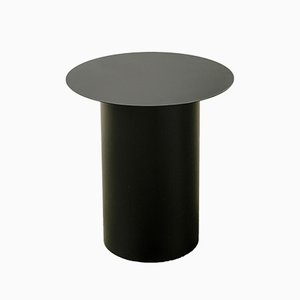
Gold Wall Chiodo Set by Cicchinè Roberto for Marco Ripa, Set of 6

Essenza Floor Lamp by Cicchinè Roberto for Marco Ripa
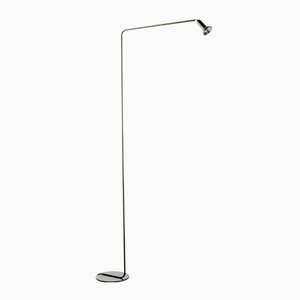
Plug Umbrella Stand by Zpstudio
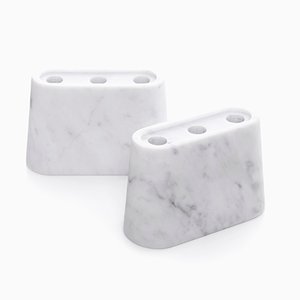
Frozen #1 Bench by Jungin Lee
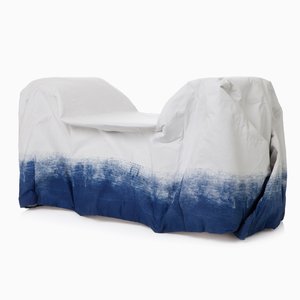
75 % Control Stool, Turquoise-Colored Foam by Dafi Reis Doron
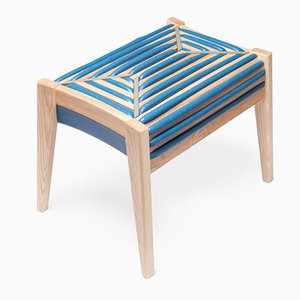
La Supermodulare by Marco Ripa

75 % Control Rectangular Stool, Navy-Colored Foam by Dafi Reis Doron
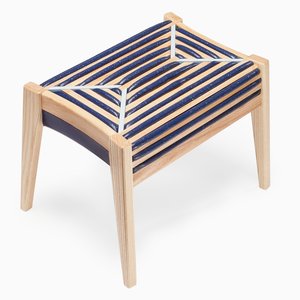
Ash CAD Weaving Jar #1 by Dafi Reis Doron
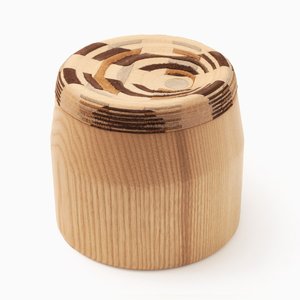
Gothic Panorami Mirrors by Zaven, Set of 3

Chiodo NA7 Table from Marco Ripa
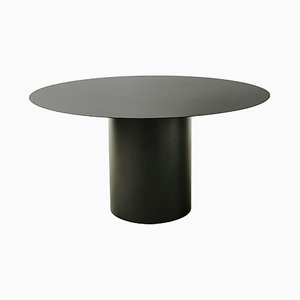
Pixel by Marco Ripa
Crucified by Massimo Giacon for Superego Editions, 2012
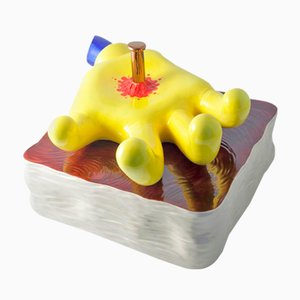
Coniglieschio by Massimo Giacon for Superego Editions

For Your Pleasure by Massimo Giacon for Superego Editions
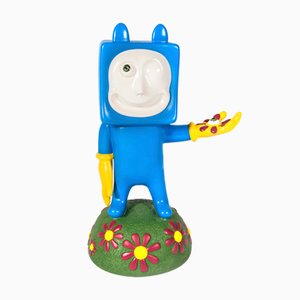
Nose Twins by Massimo Giacon for Superego Editions, 2012

Paperocchio by Massimo Gioacon for Superego Editions, 2012

Pop Ganesh by Massimo Giacon for Superego Editions, 2012
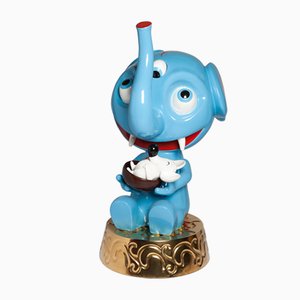
Montonsferatu by Massimo Giacon for Superego Editions, 2012
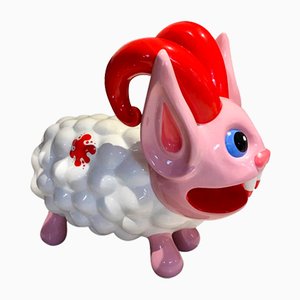
Coniglionna by Massimo Giacon for Superego Editions, 2012
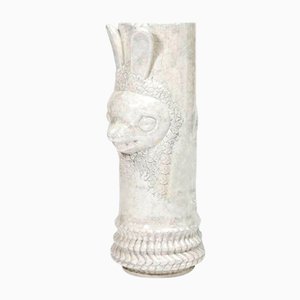
Bug Bunny by Massimo Giacon for Superego Editions, 2012

Woodbear by Massimo Giacon for Superego Editions, 2012
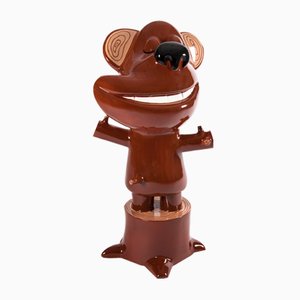
Who's Next by Marco Ripa
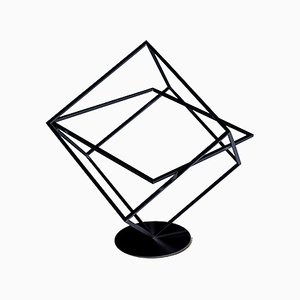
Love Carrot by Massimo Giacon for Superego Editions, 2012
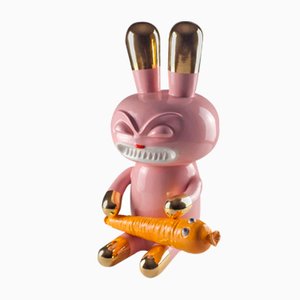
Dodo by Massimo Giacon for Superego Editions, 2012
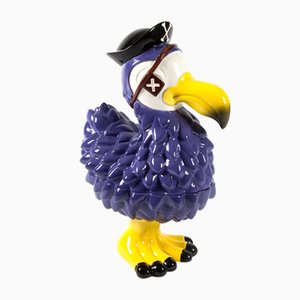
Pieta by Massimo Giacon for Superego Editions

So Cute by Massimo Giacon for Superego Editions
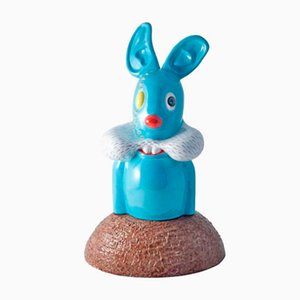
Frozen #1 Light by Jungin Lee, 2014

Frozen #1 Light in Gold by Jungin Lee, 2014

Una - Articolo Indeterminativo Bar Cabinet by Stefano Marolla for Secondome, 2016
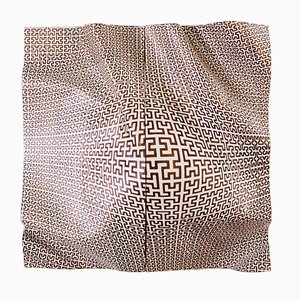
Una - Articolo Indeterminativo Buffet by Stefano Marolla for Secondome, 2016
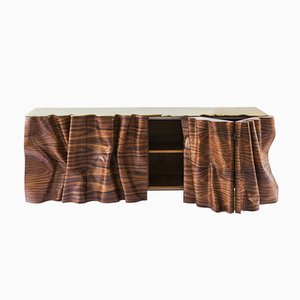
Una - Articolo Indeterminativo Chaise Lounge by Stefano Marolla for Secondome, 2016

Una - Articolo Indeterminativo Table by Stefano Marolla for Secondome, 2016

Lignes de Capiton from Dafi Reis Doron

Wall Chiodo Set by Design ? Studio Associato for Marco Ripa, Set of 6
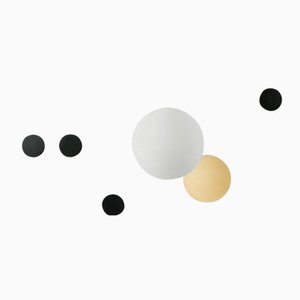
Who Are You Umbrella Stand by Marco Ripa
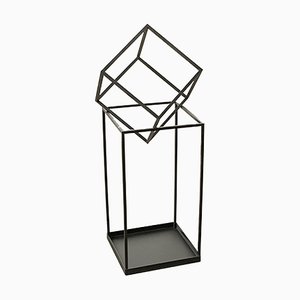
Small Anfore Vase in Black by Zpstudio
